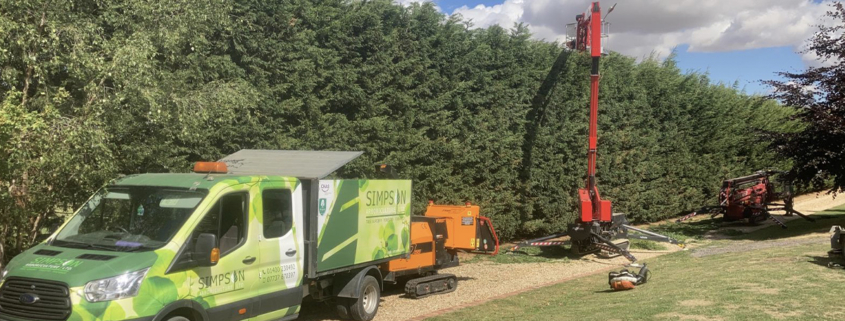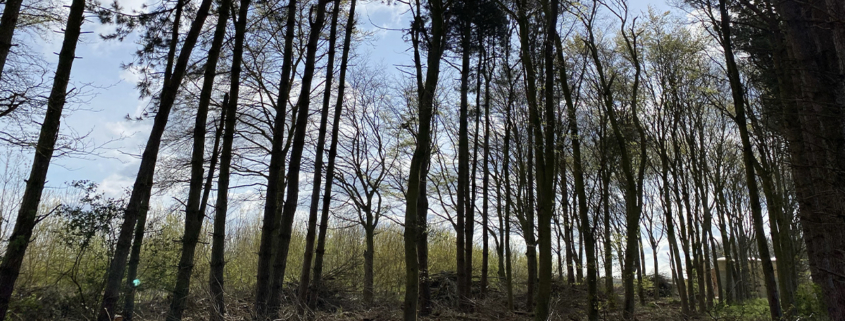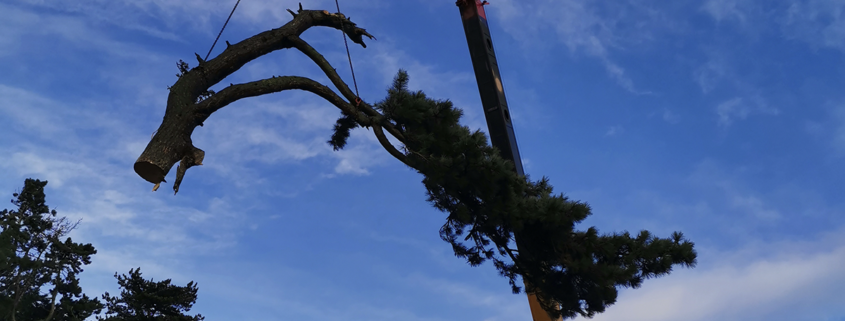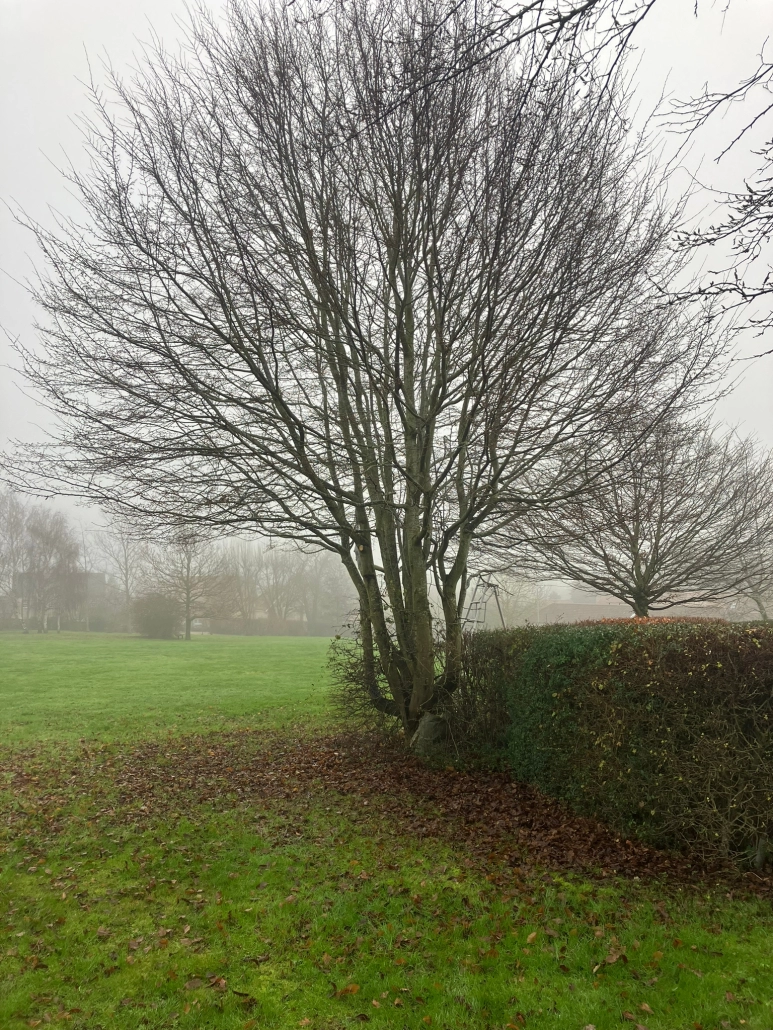With a myriad of companies now offering tree work, the big question is ‘How do I choose the right tree surgeon?’ This is a valid question and one that we at Simpson Arboriculture are very aware of. We know it can be challenging for customers to decide on the right people for the job. How do you know if the company know what they’re doing? Are they insured? What about their qualifications and training?
Therefore, asking the right questions is the best place to start.
What does the right tree surgery company look like?
Firstly, we would suggest having a look at a tree surgery company’s website. I’m sure you know that any reasonable company will include sufficient information here, including their insurance, accreditations and examples of previous work carried out. It will also give you an indication of how professional the tree surgery company is. It’s useful to know that companies often include testimonials from previous customers too which gives a realistic and honest reflection on their work and capabilities. Another thing you can do is search for Google reviews to find out more.
A few questions that are worth asking are:
- Are they insured?
- Are they fully qualified?
- Do they have the right tools for the job?
- How experienced are they?
- What about their work standards?
- What do their previous customers say?
With that in mind, it is certainly worth giving them a call or an email. This will be telling about a company’s customer service. You will soon get a feel if they are friendly and approachable or not.
Great tree surgeons have a great reputation
Another thing to think about is how well established the tree surgery company are in your local area. It’s usually worth asking around to see who your friends, family and neighbours use for their tree and hedge work. This is a great way to get an honest and authentic answer about the company’s customer service, the standard of work and the level of experience and competency of the arborists.
Consult the experts on choosing your tree surgeons
For more information on how to choose the right tree surgeon, the Arboricultural Association (Arb Association) have produced a helpful leaflet on choosing a tree surgeon. This will give you some further details about the questions you should be asking and other considerations when choosing a tree surgeon.
As Arb Approved contractors, Simpson Arboriculture have completed a thorough and rigorous checking process to gain this prestigious accreditation. Many customers are already aware that it is highly valued and widely recognised in the industry. This accreditation gives our customers peace of mind that we are the right people for the job, so you can make
Choosing a tree surgeon
In conclusion, there are so many reasons why you should choose Simpson Arboriculture as the tree surgery company to carry out your tree work:
- We’ve got the tools. At Simpson Arboriculture, we are fully equipped with our own machinery and utilise modern techniques to get the job done quickly, efficiently and safely
- Fully insured. With our Public and Employers’ Liability Insurance in place, we are fully covered for all aspects of the work we carry out. This gives our customers and clients peace of mind. We take care of everything!
- High standards. All work is carried out to ‘British Standards BS 3998: 2010 Tree Work- recommendations’. So our team will ensure that the finished result both looks great and supports the overall health of the tree
- Certified. We have been officially recognised as being qualified to perform tree work by multiple health and safety bodies. This recognises that we work safely and carry out work to the highest standard
- 17 years’ experience. We are a trusted and well-established local tree surgery company. With ample experience, we have worked hard to build a strong customer base and a great reputation, both locally and further afield
- Great customer support. With a friendly and professional team, many of our customers come back year on year and recommend us to their neighbours, family and friends
- Environmental awareness. From ecology to biosecurity, we work alongside a wide range of professionals to minimise our environmental footprint. Our waste is 100% recycled!
Our friendly team are always happy to talk to you about your tree surgery needs. To find out more, give us a call or enquire through our website. At Simpson Arboriculture, we can help you to choose the right tree surgeon for the job!

